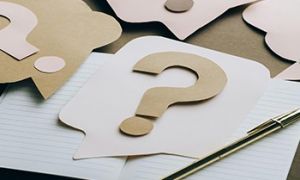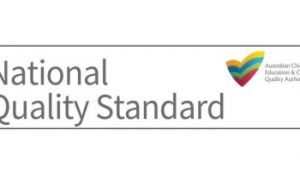Critical reflection is more than a checkbox on a compliance form—it’s a powerful tool for growth, insight, and transformation in educational practice. Yet for many educators, it can feel abstract, time-consuming, or overly complex. This article breaks down critical reflection into accessible steps, offering tools and prompts that make it both meaningful and manageable.
What Is Critical Reflection?
Critical reflection involves thinking deeply about your practice, decisions, and interactions to improve outcomes for children, families, and yourself. It’s not just about what happened—but why, how, and what could be done differently.
It connects to:
- Quality Area 1 (Educational Program and Practice)
- Quality Area 7 (Governance and Leadership)
- Professional Standards and ongoing learning goals
Simple Tools to Support Reflection
1. The Reflective Compass
A quadrant-style visual tool that guides educators through:
- What happened?
- Why did it matter?
- What emotions were present?
- What will I do next?
Perfect for team meetings or solo journaling.
2. AHA Moments Cards
Modular cards that capture spontaneous insights, challenges, or proud moments. These can be collected weekly and used to spark deeper discussion or documentation.
3. Voice Bubble Prompts
Use symbolic speech bubbles to record children’s voices, educator thoughts, or family feedback. These can be compiled into visual portfolios or wall displays.
4. Weekly Reflection Templates
Structured formats with rotating prompts like
- “One thing I learned from a child this week…”
- “A moment that challenged my thinking…”
- “A practice I’d like to improve…”
Prompts That Spark Insight
Here are some educator-tested prompts to deepen reflection:
- “How did my values influence today’s decisions?”
- “What assumptions did I make about a child’s behavior?”
- “What did I learn from my colleagues this week?”
- “How did I respond to uncertainty or change?”
- “What cultural perspectives shaped our learning environment?”
These prompts can be adapted for individual, team, or leadership reflection.
Embedding Reflection into Daily Practice
- Micro-reflections: 2-minute voice notes or sticky notes during the day
- Team huddles: Use one prompt per week to guide discussion
- Visual diaries: Blend photos, quotes, and reflections into a living document
- Mentoring moments: Pair new educators with experienced staff to co-reflect
Why It Matters
Critical reflection fosters:
- Emotional intelligence and self-awareness
- Improved decision-making and responsiveness
- Stronger relationships with children and families
- Compliance confidence and documentation clarity
It’s not about perfection; it’s about progress, authenticity, and connection.
Further Reading
Educator's Guide To Critical Reflections
Practical Examples Of Critical Reflections In Early Childhood
Reflection Vs Critical Reflection
How To Write Critical Reflections
Ideas to Organise and Document Critical Reflections
Q: How Can I Create My Own Critical Reflections?
Q: How Can Educators Make Reflections Meaningful?


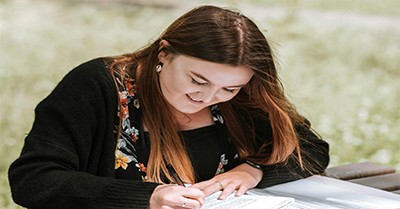

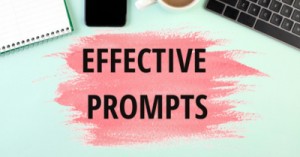
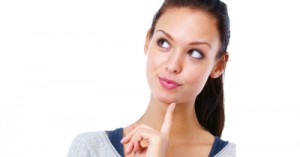
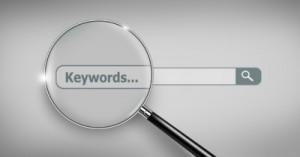
 Here is the list of the EYLF Learning Outcomes that you can use as a guide or reference for your documentation and planning. The EYLF
Here is the list of the EYLF Learning Outcomes that you can use as a guide or reference for your documentation and planning. The EYLF The EYLF is a guide which consists of Principles, Practices and 5 main Learning Outcomes along with each of their sub outcomes, based on identity,
The EYLF is a guide which consists of Principles, Practices and 5 main Learning Outcomes along with each of their sub outcomes, based on identity, This is a guide on How to Write a Learning Story. It provides information on What Is A Learning Story, Writing A Learning Story, Sample
This is a guide on How to Write a Learning Story. It provides information on What Is A Learning Story, Writing A Learning Story, Sample One of the most important types of documentation methods that educators needs to be familiar with are “observations”. Observations are crucial for all early childhood
One of the most important types of documentation methods that educators needs to be familiar with are “observations”. Observations are crucial for all early childhood To support children achieve learning outcomes from the EYLF Framework, the following list gives educators examples of how to promote children's learning in each individual
To support children achieve learning outcomes from the EYLF Framework, the following list gives educators examples of how to promote children's learning in each individual Reflective practice is learning from everyday situations and issues and concerns that arise which form part of our daily routine while working in an early
Reflective practice is learning from everyday situations and issues and concerns that arise which form part of our daily routine while working in an early Within Australia, Programming and Planning is reflected and supported by the Early Years Learning Framework. Educators within early childhood settings, use the EYLF to guide
Within Australia, Programming and Planning is reflected and supported by the Early Years Learning Framework. Educators within early childhood settings, use the EYLF to guide When observing children, it's important that we use a range of different observation methods from running records, learning stories to photographs and work samples. Using
When observing children, it's important that we use a range of different observation methods from running records, learning stories to photographs and work samples. Using This is a guide for educators on what to observe under each sub learning outcome from the EYLF Framework, when a child is engaged in
This is a guide for educators on what to observe under each sub learning outcome from the EYLF Framework, when a child is engaged in The Early Years Learning Framework describes the curriculum as “all the interactions, experiences, activities, routines and events, planned and unplanned, that occur in an environment
The Early Years Learning Framework describes the curriculum as “all the interactions, experiences, activities, routines and events, planned and unplanned, that occur in an environment
